
MensurationQuestion and Answers: Page 11
Question Number 134097 Answers: 2 Comments: 0
Question Number 132230 Answers: 1 Comments: 0
Question Number 131847 Answers: 1 Comments: 0
Question Number 131590 Answers: 2 Comments: 0
Question Number 131465 Answers: 1 Comments: 0
Question Number 127382 Answers: 1 Comments: 0

Question Number 125593 Answers: 2 Comments: 0
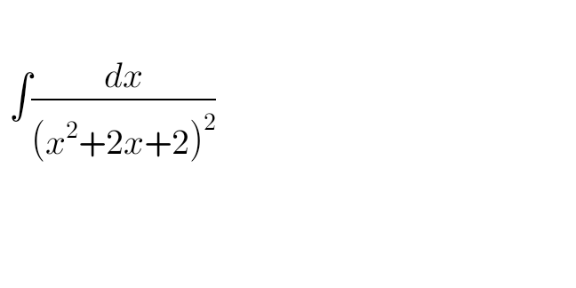
Question Number 125491 Answers: 1 Comments: 1

Question Number 125444 Answers: 1 Comments: 1
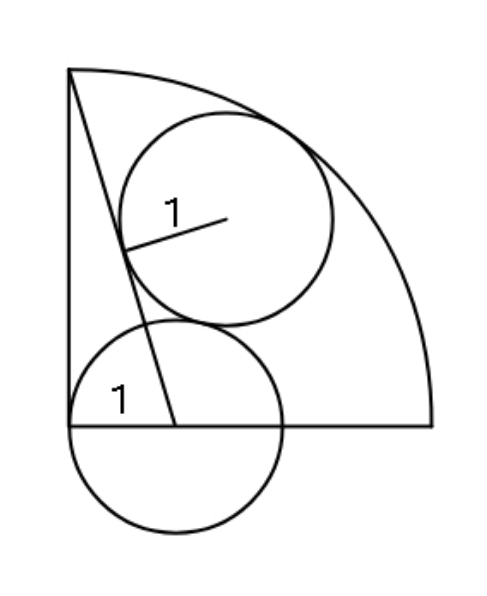
Question Number 125337 Answers: 1 Comments: 1

Question Number 125215 Answers: 2 Comments: 2

Question Number 125108 Answers: 0 Comments: 3
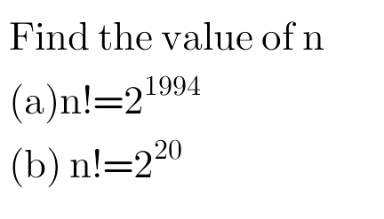
Question Number 125084 Answers: 1 Comments: 3

Question Number 125021 Answers: 1 Comments: 0

Question Number 124821 Answers: 1 Comments: 2

Question Number 124743 Answers: 1 Comments: 1
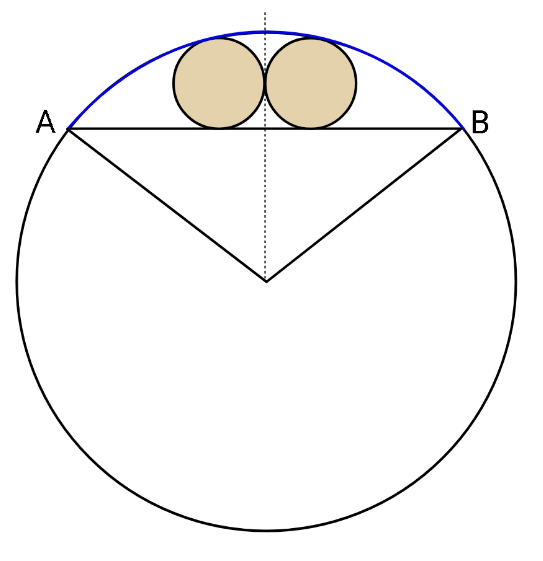
Question Number 124367 Answers: 0 Comments: 4

Question Number 124189 Answers: 0 Comments: 5

Question Number 124117 Answers: 0 Comments: 0

Question Number 123738 Answers: 1 Comments: 1
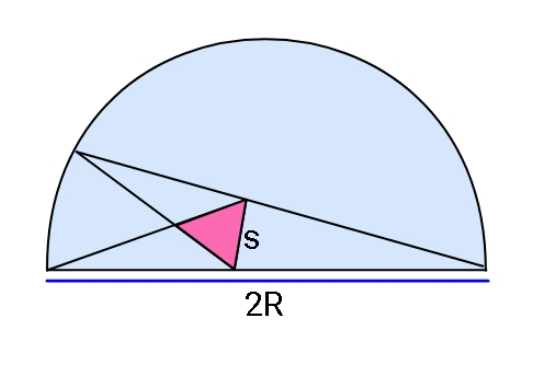
Question Number 123587 Answers: 1 Comments: 1

Question Number 123528 Answers: 1 Comments: 1
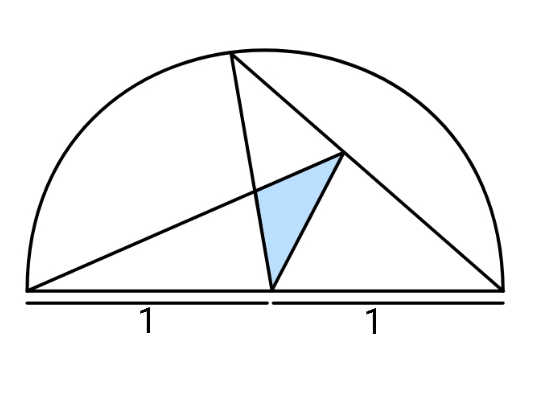
Question Number 123507 Answers: 0 Comments: 6
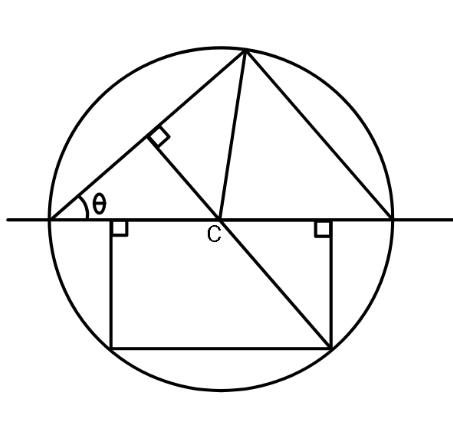
Question Number 123489 Answers: 1 Comments: 0
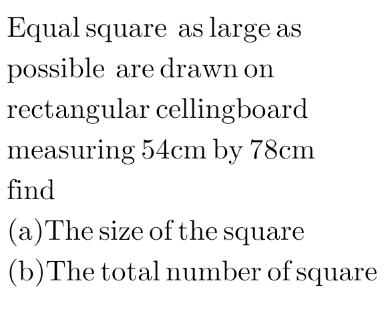
Question Number 123302 Answers: 2 Comments: 0

Question Number 123212 Answers: 1 Comments: 1

